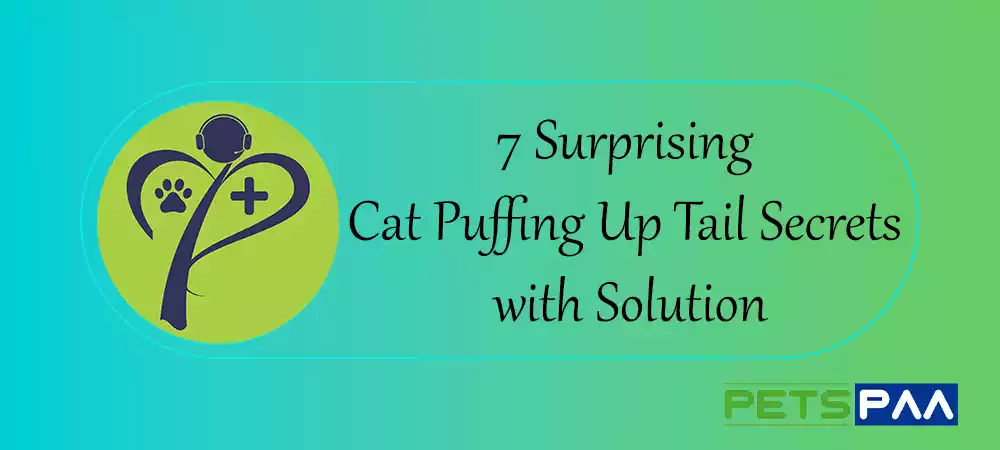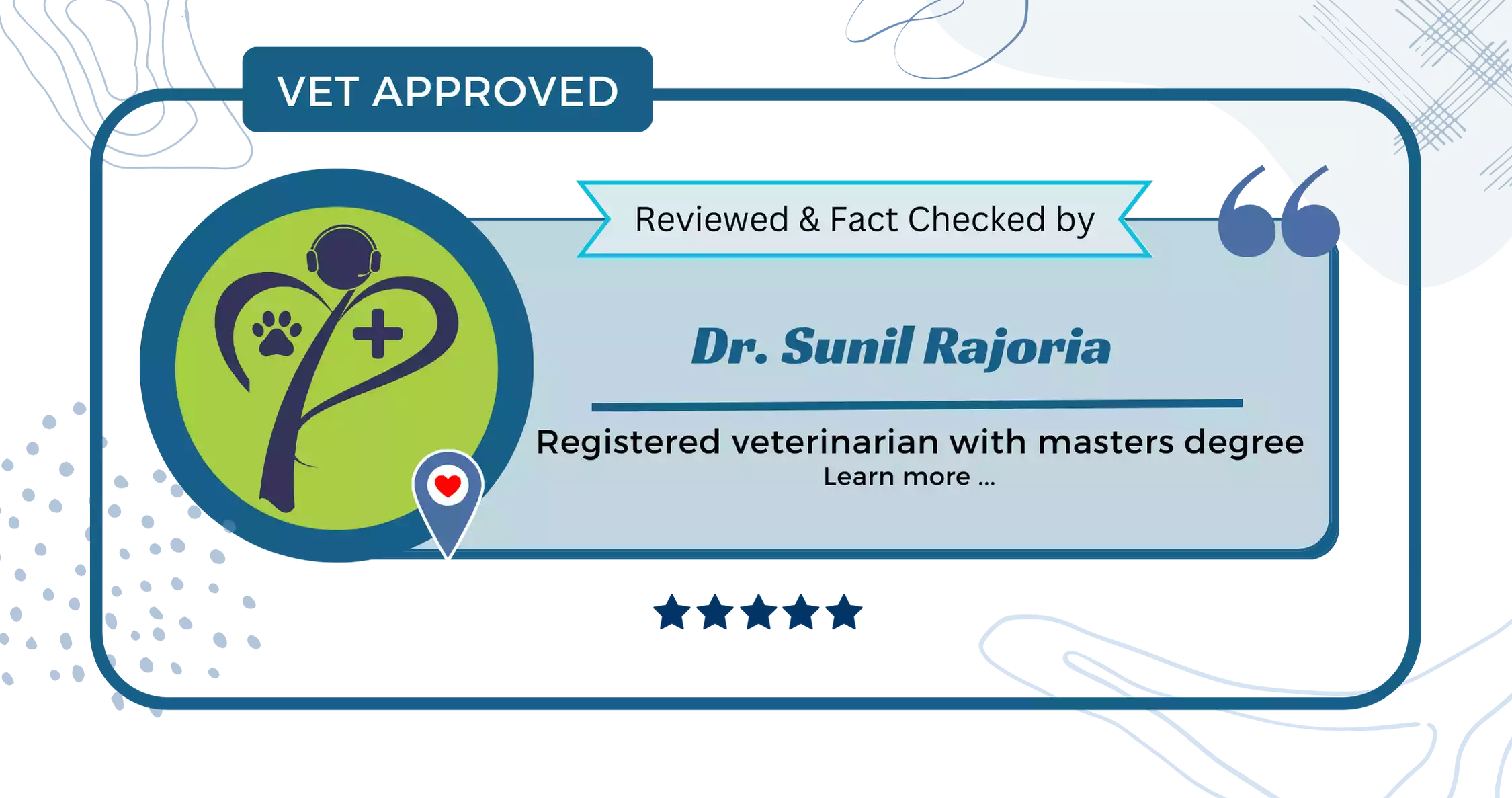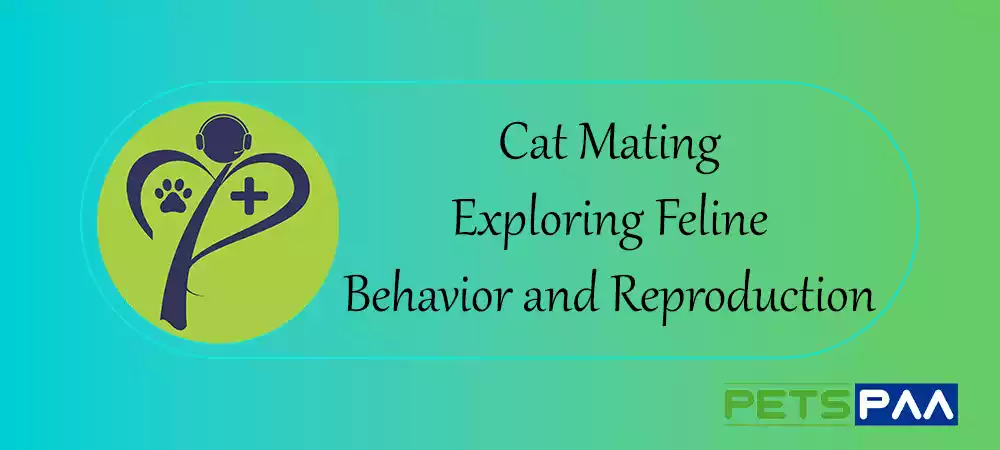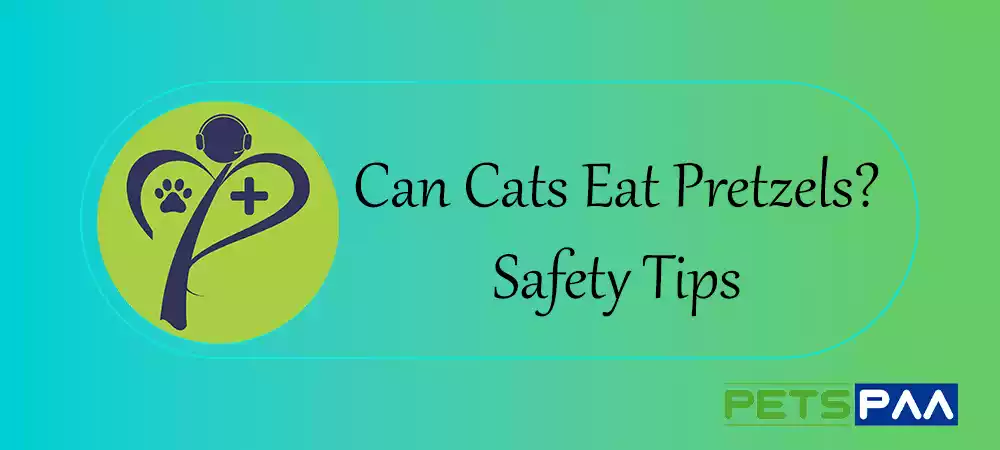7 Surprising Cat Puffing Up Tail Secrets with Solution
We as Team PetsPaa explore in this article the intriguing behavior of cats puffing up their tails, a phenomenon that cat owners often encounter. Understanding the reasons behind this behavior is crucial for providing appropriate care and response. The seven surprising reasons discussed in this article include fear and anxiety, aggression, excitement, defensive behavior, playfulness, medical conditions, and dominance.
Each reason is accompanied by suggested solutions and strategies. By promoting a social environment, understanding body language, employing positive reinforcement, being mindful of the cat’s temperament, and implementing basic training, cat owners can effectively manage tail puffing behavior and strengthen their bond with their feline companions.
The article concludes by emphasizing the importance of understanding and addressing the various reasons behind tail puffing to ensure the well-being of cats.
Table of Contents
Introduction
Cat enthusiasts know that their feline companion is full of surprises. One of the most intriguing behaviors is when a cat puffing up tail. If you’re a cat owner, you may have pondered why your cat does this. From fear and anxiety to playfulness and dominance, there are a variety of reasons why your cat swells up its tail.
In this article, we will examine the seven surprising reasons behind this behavior and provide suggestions for how to respond.
Understanding Feline Body Language
Understanding your cat’s body language is crucial to being able to communicate effectively with your feline companion. One essential aspect of feline body language is their tail. It can tell you a lot about how your cat is feeling.
A relaxed, low tail indicates they are tranquil and joyful, while a high, bristled tail usually means they are frightened, anxious, or furious.
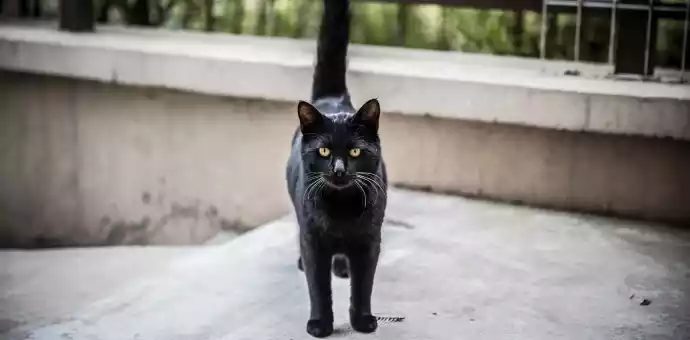
Importance of Identifying Tail Behavior
Tails are an essential element of cats’ communication and body language. As a cat caretaker, it’s essential to be able to discern the behavior associated with various tail positions to better understand your cat’s needs and emotions.
7 Reasons Why Your Cat Puffing Up Tail
1. Fear and Anxiety
Identifying fear and anxiety-related behavior is critical to assisting your cat feel secure. Puffing up their tail is one-way cats communicate their distress. To calm your cat down, create a secure and tranquil environment, drape a blanket over their carrier while traveling, and give them safe places to conceal.
2. Aggression
Cats may become aggressive when they feel threatened or protected. Puffed-up ends are a sign of aggression that require fast action. Dealing with aggressive behavior involves identifying the trigger, removing the cause of the aggression, and providing masses of positive reinforcement for good behavior.
3. Excitement
Sometimes cats puff up their tails because they are eager. This type of tail behavior is generally innocuous, but it’s crucial to monitor your cat’s activity level to prevent overexcitement. Providing them with interactive tools and playtime can help regulate their excitement.
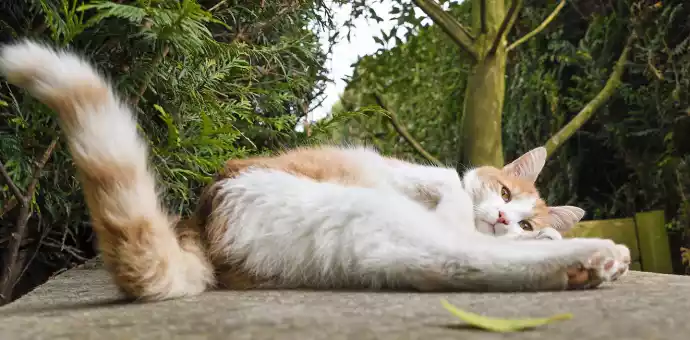
4. Defensive Behavior
Cats may employ defensive behavior when they feel threatened or insecure. Puffed-up tails indicate this behavior and require reassurance from their owner. Provide a secure environment, and solace with positive reinforcement, and keep providing your cat with affection.
5. Playfulness
Cats often puff up their tails during activity as a sign of enthusiasm and engagement. Encouraging playful behavior with interactive toys and regular playtime can not only keep your cat content but also strengthen your connection with them.
6. Medical Conditions
Cats may also puff up their tails due to medical conditions such as arthritis or other pain-related issues. Identifying these conditions requires veterinary care, monitoring their behavior and comfort, caring for your cat, keeping them as comfortable as possible, and consulting with a veterinarian as soon as possible.
7. Dominance
Cats may use their tails to demonstrate their dominance over other cats or their owner. This behavior can be corrected through training and positive reinforcement with consistent methods and appropriate reinforcement.
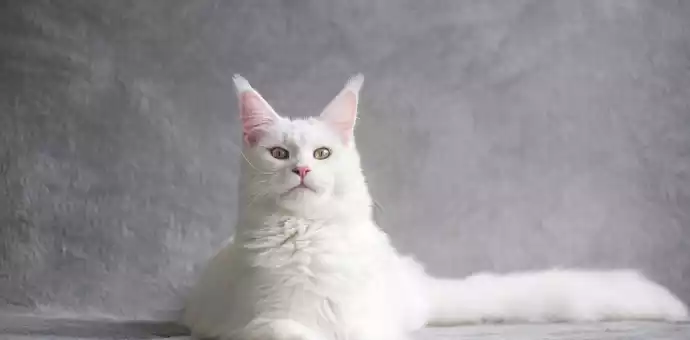
How to Respond when Cat Puffing Up Tail
Playtime and Socialization
Creating a social environment for your cat is essential to prevent negative tail behaviors like aggressive or defensive. Regular recreation and socialization with other cats, positive reinforcement, and a solid understanding of body language are important. Feeling secure around other cats functions as a communication tool in most cases.
Understanding Body Language
Learning and comprehending your cat’s body language can promote communication and decrease miscommunication. Positive reinforcement for excellent behavior, appropriate training methods, and consistent communication are important.
Positive Reinforcement
Using positive reinforcement like treats and verbal commendation can effectively reinforce good behavior and rectify negative behavior. Consistent adherence to these methods can also promote positive behavior as well.
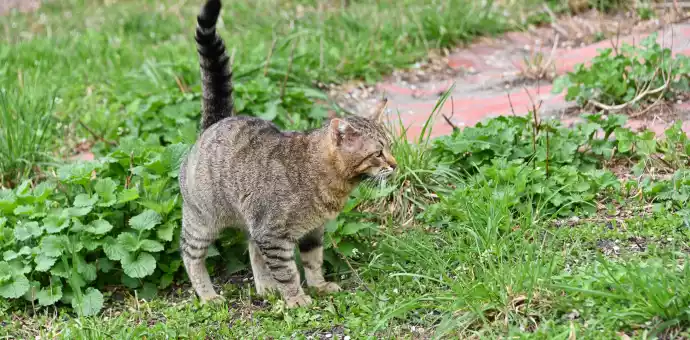
Mindfulness
Being cognizant of your cat’s temperament can help to prevent many common behavior problems like over-aggression and other tail puff-related behaviors. Responding to mood shifts, stressors or other changes in their environment appropriately can help to keep them relaxed and cheerful.
Training
Basic training such as responding to commands and reinforcing good behaviors will help to set certain boundaries and encourage desired behaviors.
Conclusion
Understanding why your cat puffing up tail is essential to providing them with the care they need. From fear and anxiety to playfulness and dominance, there are a variety of reasons why your cat might bulk up their tail.
Knowing how to manage each situation with mindfulness, playtime, positive reinforcement, and other methods of communication can help to promote good behavior and promote quality time with your feline companion.
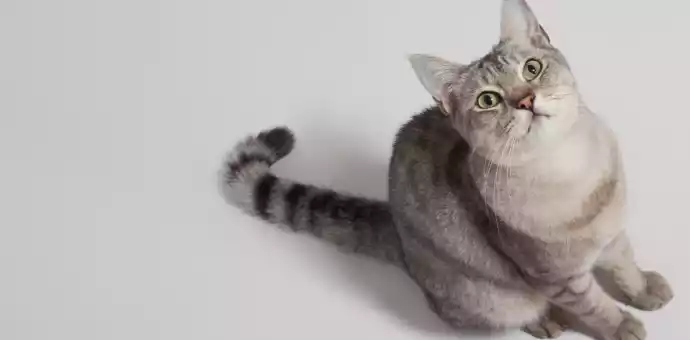
FAQs (Frequently Asked Questions)
Cat puffing up tail as a defensive reaction when they feel threatened or terrified. It’s a method for them to appear larger and more intimidating.
A puffed-up tail on a cat usually indicates fear, anxiety, or aggression. It’s a visual signal that the cat is feeling threatened or trying to establish dominance.
When a cat puffs up its tail, it typically implies that the cat is feeling frightened, threatened, or agitated. It’s a form of communication to indicate its emotive state.
Various things can cause a cat’s tail to puff up. These can include fear, excitement, anger, worry, or feeling threatened. It’s a normal instinctive reaction to expected danger or unease.
Yes, cats can communicate with their tails. They use different tail positions and movements to express their emotions and intentions. A puffed-up tail generally indicates fear or aggression.
Cat tail puffing up can be a concern if it happens frequently or for extended periods without an apparent reason. It may indicate underlying stress, anxiety, or a potential health issue. Consulting a veterinarian is recommended in such cases.
There are several reasons why a cat’s tail may puff up. It could be due to fear, aggression, excitement, stress, or feeling threatened. Identifying the specific trigger can help address the underlying cause.
Cats are great at masking discomfort, but there are warning signals to look out for. Changes in behavior, decreased hunger, increased aggressiveness, vocalization, obsessive grooming of a single location, or aversion to contact are examples. If your cat is in discomfort, consult a veterinarian for proper diagnosis and treatment.

